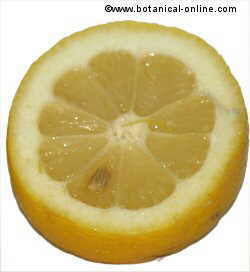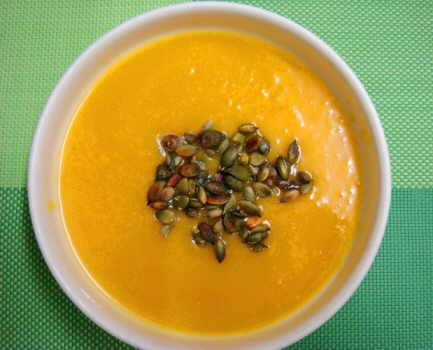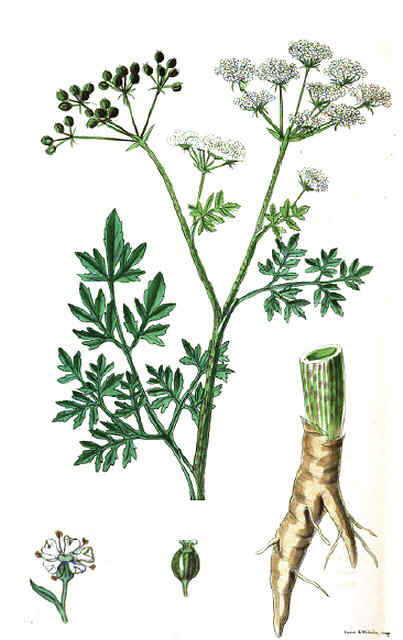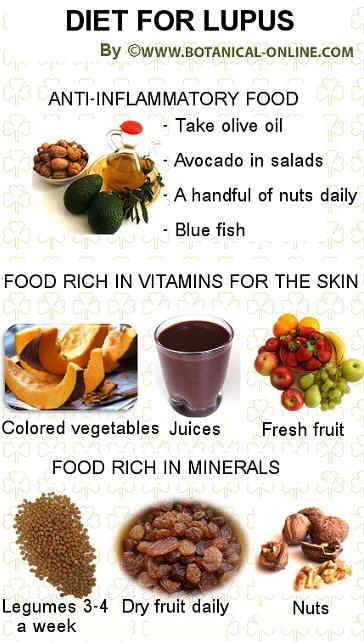Contents
Description of essential amino acids
ESSENTIAL AMINO ACIDS IN FOOD
What is an essential amino acid?
Essential amino acids are those that the body can not synthesize and therefore must be supplied by the diet.
It is important the presence of these components in the diet to make more complex proteins, which perform multiple functions in the body.
List of essential amino acids
There are 8 essential amino acids and 1 miastènia (children can not synthesize it, but adults can).
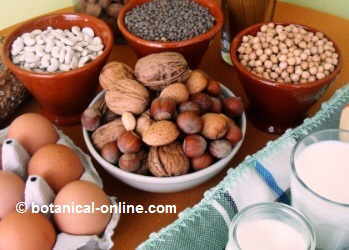
Foods rich in vegetable protein
What are the essential amino acids?
The list of essential amino acids is:
- Phenylalanine: Its functions lie in keeping our brain active, producing chemical messages through neurotransmitters, promoting learning, memory and improving mood. The levels of phenylalanine in the blood and cerebrospinal fluid remain virtually constant throughout life.
Phenylalanine is found in abundance in animal protein, legumes (soy products, peanut butter, etc.), cereals (oats, flour, seitan, etc.) and nuts (especially sunflower seeds and pumpkin seeds).
- Isoleucine: Branched-chain amino acid. Involved in preventing muscle development abnormalities such as muscular dystrophy. It is an amino acid necessary for the proper production of hemoglobin and to obtain the proper function of it in our body.
Isoleucinerich foods include animal protein, nuts (sunflower seeds), legumes (soybeans and derivatives, lupins, peas, etc.), spinach, cereals, et
- Leucine: branched-chain amino acid. It is important for the muscles and in situations where high levels of healing (wounds, fractures, sprains, strains, etc.) is required
Leucinerich foods include animal protein, legumes (soy and derivatives, etc.), nuts and seeds, cereals, etc.
- Lysine: Lysine is an essential amino acid that makes up the collagen, one of the most abundant proteins in the body. It is necessary for the regeneration of tissues, muscles, joints and skin.
It is found in abundance in animal protein and vegetables. It is the limiting amino acid in cereals and nuts.
- Methionine: Sulfurous amino acid. The organism can convert methionine to cysteine, an amino acid precursor of the potent antioxidant glutathione, which also counteract the damage from free radicals, increasing the life of the antioxidants vitamin E and vitamin C.
All animal proteins, cereals, and some seeds like sesame (and sesame paste or tahini) are rich in methionine. Methionine content of vegetables is poor, so they must be combined with any of the above food. Some nuts, such as walnuts, are also deficient in this amino acid.
- Threonine: Threonine promotes good liver function and the production of gastric juices. Ensures the maintenance of elastin, which provides the elasticity of the tissues and gives them adequate strength.
Foods rich in threonine: All animal protein, legumes, nuts and grains.
- Tryptophan: Known for its calming effect on the the nervous system, being precursor of the neurotransmitter serotonin. It also helps to produce niacin, or vitamin B3, along with iron, pyridoxine and riboflavin.
Foods of animal origin are rich in tryptophan, mainly eggs and milk. To a lesser extent, meat and fish. Within plant foods include legumes, nuts and grains.
- Valine: Branched-chain amino acid. It serves energy to the muscle. These amino acids have been widely claimed as a sports supplement for strength exercises and supplements for bodybuilders.
It is found in animal protein, and in plant foods, legumes (peas, beans, carob, soy, lupins, etc.), nuts, seeds and grains.
- Histidine (essential only in children): Histidine is a precursor of histamine, with vasodilatory properties and to trigger allergic reactions, responsible for inflammatory processes and urticarian skin response.
It is found in animal protein (especially cheese), and in plant foods, legumes (carob, soy, lupins, peanuts, etc.), nuts, seeds and grains.
Essential amino acids in food
Foods that contain all essential amino acids are called complete protein foods or, what is the same, foods with high biological value proteins. All animal products contain all the essential amino acids:
- Milk and dairy products, especially cheese and protein supplements made from milk powder (whey protein)
- Eggs
- Meat
- Fish
- Plant food, however, lack some amino acids or contain very little. These foods provide incomplete proteins, and amino acids should complement each other limiting foods containing them. (More information: Essential amino acids for vegetarians)
* Related information:
– How to combine vegetable proteins
![]() More information on amino acids
More information on amino acids


